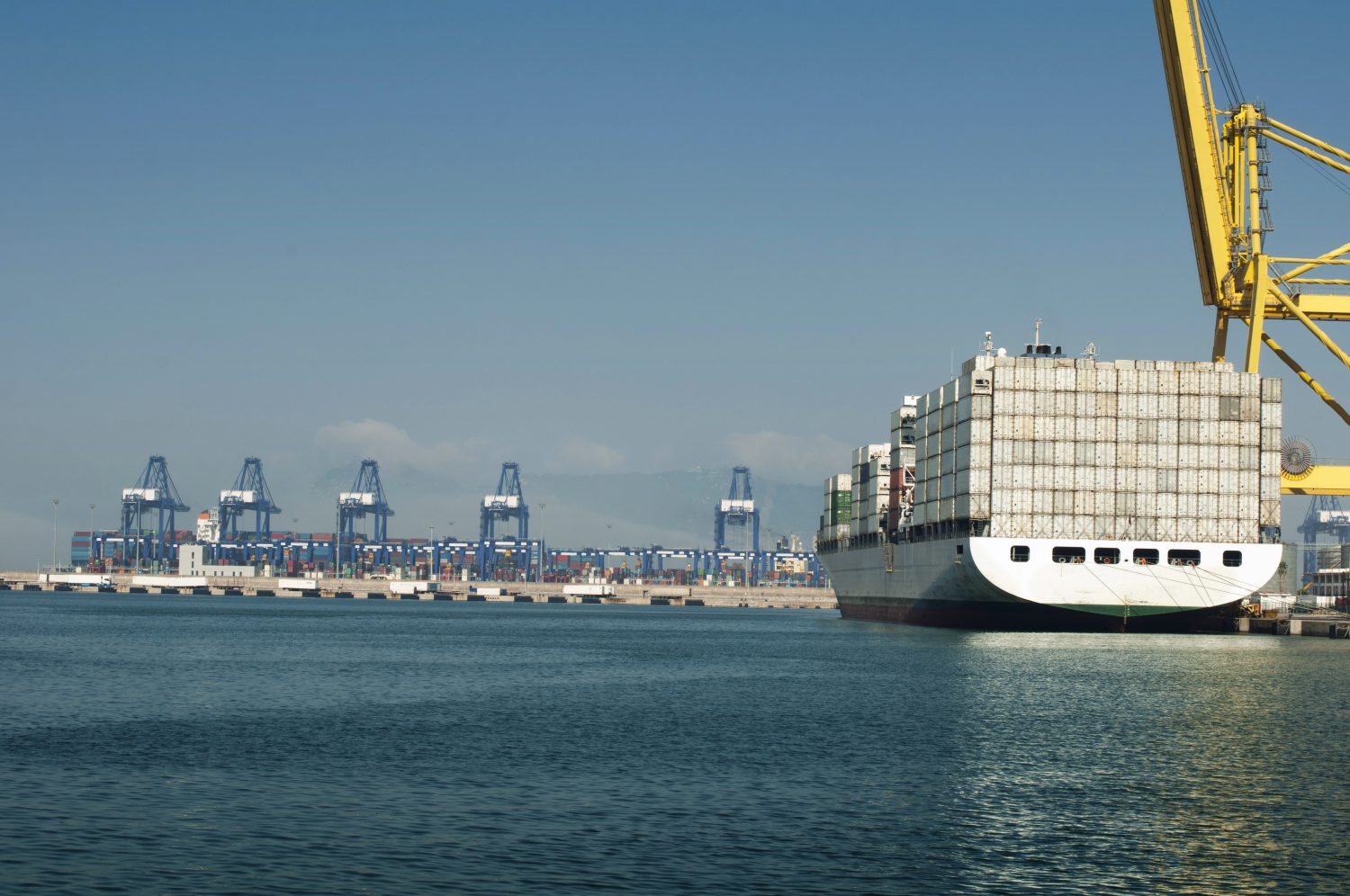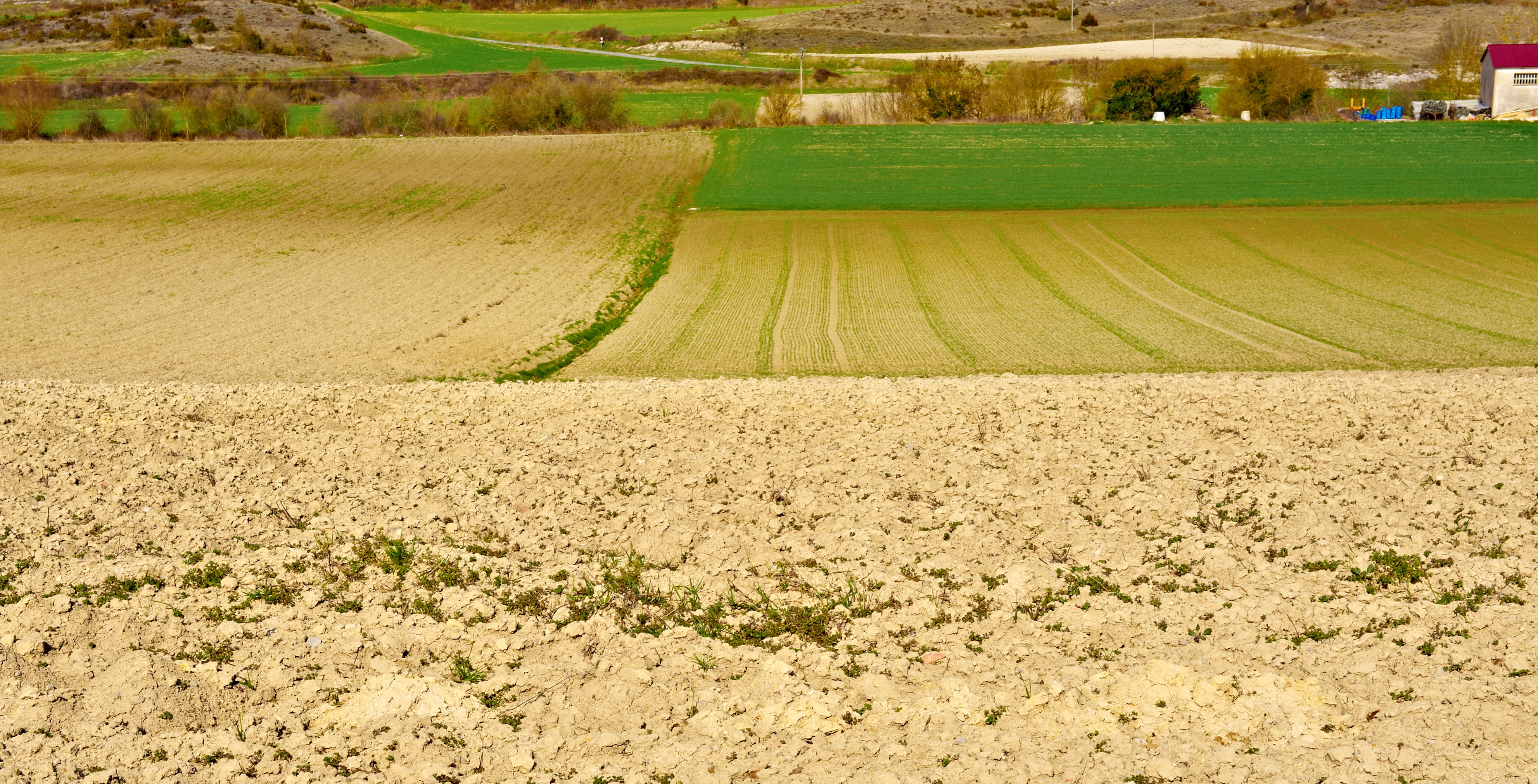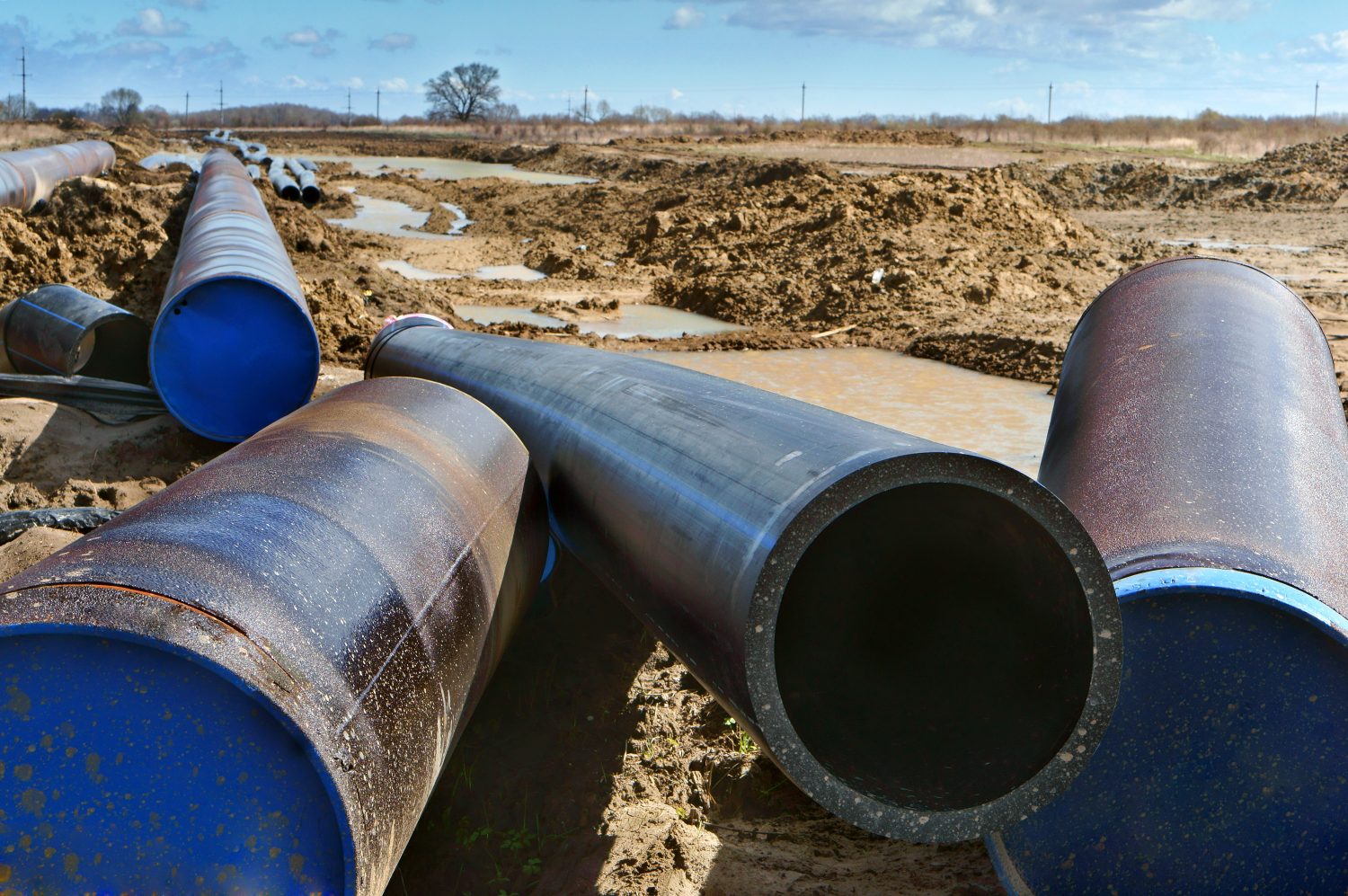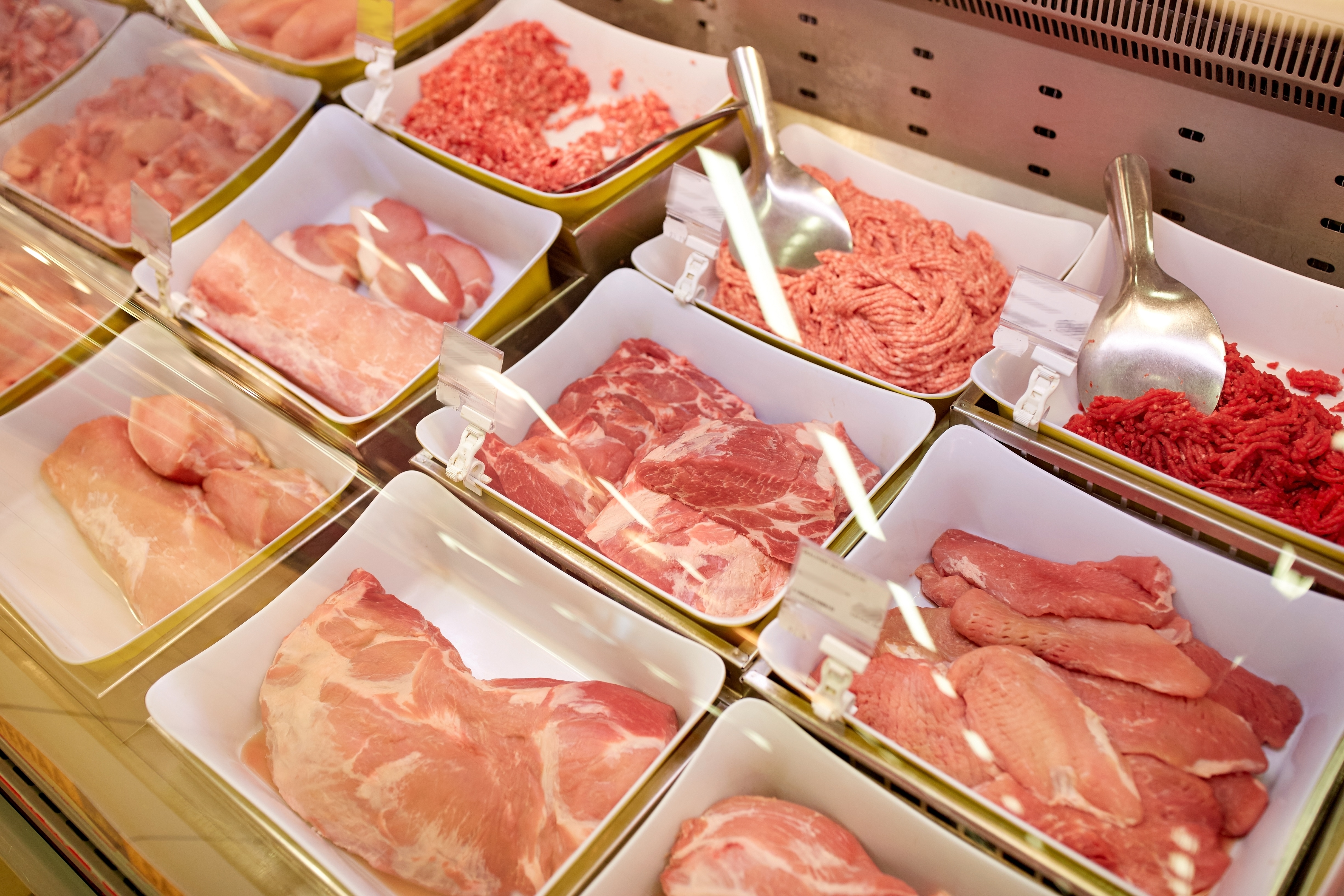
Exclusive: White House Says "Do No Harm" Trade Mantra Sets Bar Too Low
Trade is a topic that’s generating angst among some farmers and ranchers. From the Trump administration currently renegotiating the North American Free Trade Agreement (NAFTA) to a possible trade dispute between the U.S. and China, farmers and ranchers are voicing concern about the commodities and commodity prices – at stake.
In a Farm Journal exclusive, Ray Starling, who serves as the special assistant to the president for agriculture and agricultural trade, discussed why the administration is taking such a tough stance on trade. As the administration outlines strong demands for China in order to reduce the trade deficit and fix what the administration calls “unfair” trade practices, Starling said he understands the concern coming from farm country.
However, he said agriculture’s fear that “we will upset the apple cart” regarding keeping key markets open, is missing a key point.
“I think a point that we don’t make enough and that we don’t talk about enough is our perspective is we should actually be doing a lot more,” said Starling. “I heard a congressman say in a meeting with the president a couple of weeks ago, the challenge with regard to the conversation we’re having right now about trade, and specifically with ag trade, it’s really a conversation that should have occurred 20 or 25 years ago.”
Starling says that’s why the administration is trying to reset the stage when it comes to trade, fighting for better trade deals, and more importantly, fair trade deals.
He said China’s recent decision to slap a 178.9 percent tariff on U.S. sorghum is a great “exhibit A” for what the President wants to address.
“We saw what we believe is a very thinly veiled attempt to simply block our product out of the market,” said Starling. “We don’t think it was truly a sincere interested conversation about “˜is there dumping going on here,’ and that’s not fair.”
Starling acknowledged that much of agriculture is the most concerned with the future of soybeans. China is the U.S. soybean industry’s largest customer, with one out of every three rows destined for the top buyer. However, Starling said soybeans continue to lose market share in China, and so there is vital ground to gain.
“The U.S. percentage of that market continues to appear to be in decline,” said Starling. “That’s something we need to reverse. We are still selling them more and more soybeans every year in terms of pure number of bushels, but as a percentage of their market we should be nervous that we are not growing along with their market.”
That’s why Starling said as many agricultural trade organizations stand by their “do no harm” mantra when it comes to trade and pending trade deals, he said that stance is placing the bar too low when it comes to the future of agricultural trade.
“I think if we think long-term about the ag economy and where we need to go in the fact that our production is going to continue to increase, our technologies are going to continue to get better, our farmers are going to continue to be smarter and be better at managing all the inputs and the elements that they have to put up with,” said Starling. “If that’s the case, we’re going to have to sell more, not just do no harm.”



